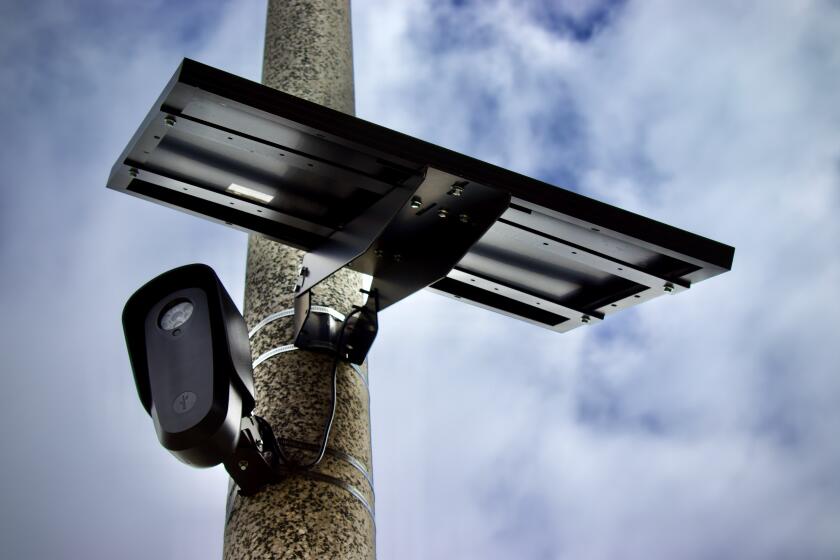Why use nuclear power? Cheap fossil fuels won’t last forever

Several nuclear power plants in the United States are being shut down. The electricity they generate is being replaced by electricity from fossil fuel-fired power plants. The utilities say that their nuclear plants are more expensive to operate than their fossil-fueled plants operating on cheap coal and natural gas.
The question has been asked, “Do we really need nuclear power?” The response has to be an unequivocal “yes!” Cheap fossil fuels won’t last forever. Nuclear power is the only source of electricity we have that has a plentiful fuel supply and is both “dispatchable” — that is, available whenever it is needed — and carbon-free.
Related: Why nuclear power has no future in California or U.S.
The International Atomic Energy Agency in 2010 published a study showing that there exists a sufficient reserve of nuclear fuel — uranium — to fuel our nuclear power plants for more than 100 years at our current rate of consumption in our current, relatively inefficient water-cooled light water reactors. The report also shows that this reserve of fuel would last for more than 2,500 years if it were used in more efficient sodium- or helium gas-cooled reactor designs.
These advanced reactor designs have been demonstrated in the U.S., France, India, Japan, Russia and China, but have only seen limited commercialization, in Russia. These designs allow recycling of the partially consumed nuclear fuel, which would greatly extend our fuel reserves.
Related: The challenge of deep decarbonization
In addition this would also allow the uranium and trans-uranic fuel materials to eventually all be consumed, leaving only fission products to be disposed of as waste. This material would decay to fairly innocuous levels, similar to that of the natural uranium ore from which the fuel was originally made, in about 300 years. This would simplify management and storage of this waste. In the complete nuclear fuel cycle, uranium ore would be used to fuel advanced reactors.
The fuel would be reprocessed and the residual uranium, plutonium and other trans-uranics would be recycled into the next fuel load and the fission products would be separated out and put into monitored, retrievable storage for about 300 years as they decay to innocuous levels before they would be disposed of by burial, possible in the uranium mine where the ore first came from 300 years earlier.
To keep an electrical supply grid functioning and stable, it must have sources of electricity — power plants — that can respond to changes in the supply of and demand for electricity. Wind and solar electric generators must follow the dictates of the weather and generally have an availability of about 30 percent. During the 70 percent of the time when renewable energy is not available, it must be replaced with something. Currently, electricity from coal or natural gas is used when renewables are not available, releasing carbon dioxide to the atmosphere. Nuclear power could provide that electricity and help stabilize the electrical grid, without production of carbon dioxide.
Global climate change due to the buildup of anthropogenic carbon dioxide in the atmosphere is widely recognized as a serious threat to humankind. The U.S. produces and releases to the atmosphere about 5,900 million tons of carbon dioxide each year. Of this, 38 percent is from burning of fossil fuels — coal and natural gas — to generate electricity. These fossil fuels provide 64 percent of our electricity with nuclear providing 22 percent and wind and solar 6 percent. Replacing fossil fuels for generation of electricity with nuclear and renewables would avoid release of 2,250 million tons of carbon dioxide each year.
The challenge we face to reduce carbon dioxide release is providing an incentive to do so. The Citizens’ Climate Lobby proposes a simple plan to tax the release of carbon dioxide at $15 a ton, increasing $10 a ton each year until our carbon dioxide release is reduced to 10 percent of the current rate. Renewable and nuclear energy produce no carbon dioxide and would not be taxed. Economic analysis predicts that a carbon tax of $50 a ton (year five) would be enough to encourage reduction and eventual elimination of carbon dioxide release from power plants.
I firmly believe that nuclear power is definitely needed to provide carbon-free base-load electricity and to stabilize the electrical grid in support of increased use of renewable energy. Nuclear power could play an important role in reduction of carbon dioxide emissions from power plants and has adequate fuel reserves to last for thousands of years at our current use rates if used in efficient advanced reactors. Yes, we need nuclear power.
Schultz is a registered professional nuclear engineer. He is retired and lives in Leucadia.
Get Weekend Opinion on Sundays and Reader Opinion on Mondays
Editorials, commentary and more delivered Sunday morning, and Reader Reaction on Mondays.
You may occasionally receive promotional content from the San Diego Union-Tribune.





